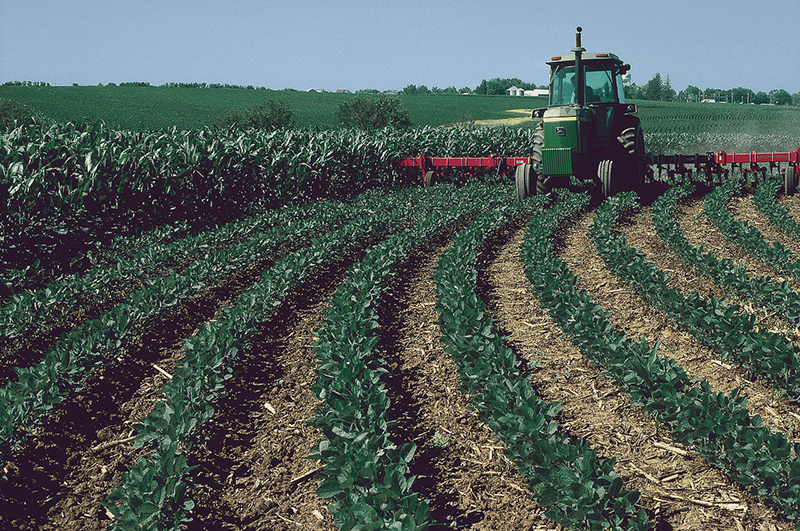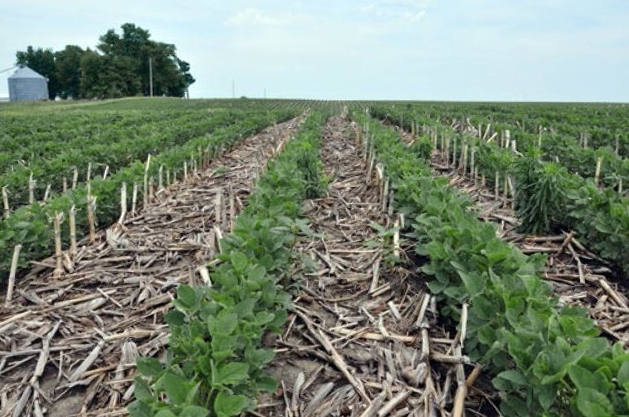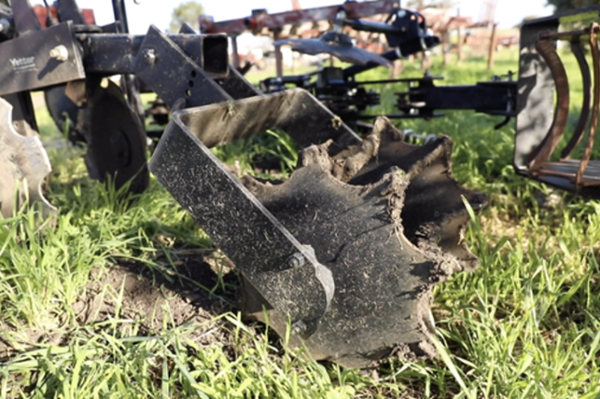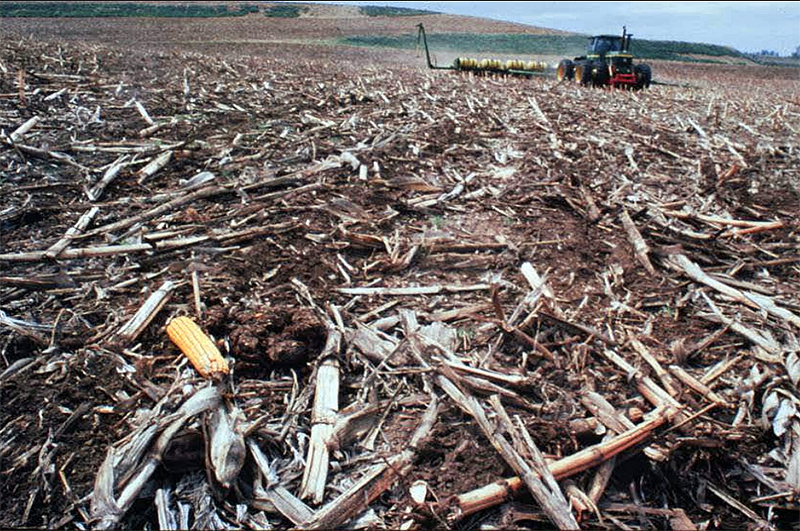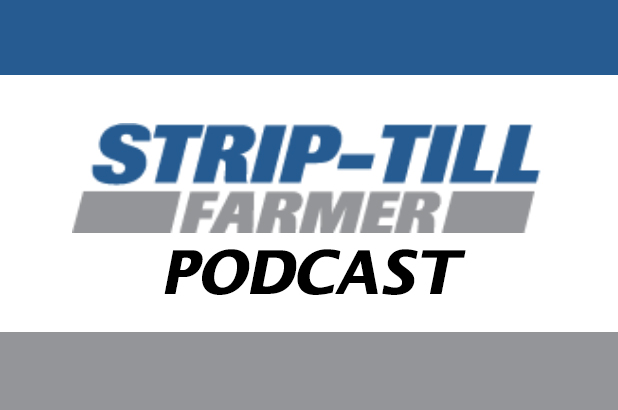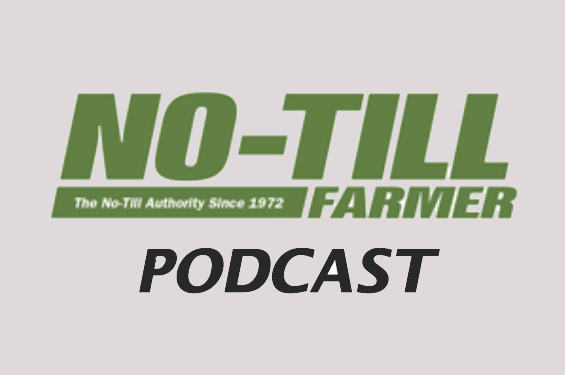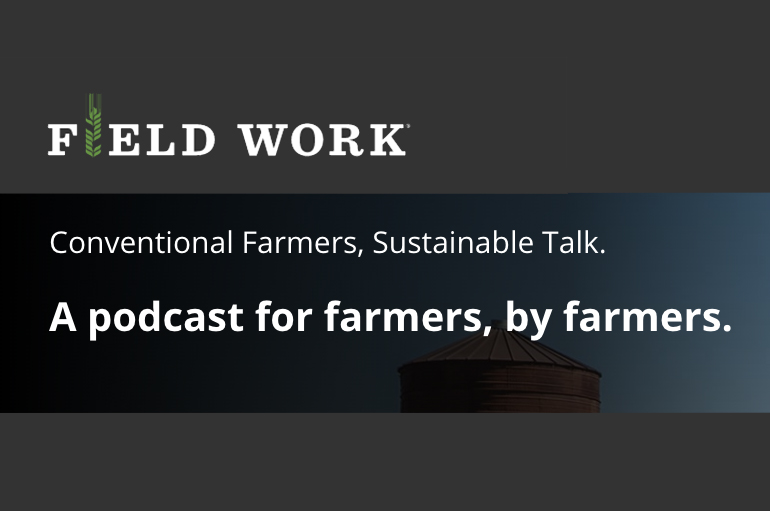
Reduced Tillage
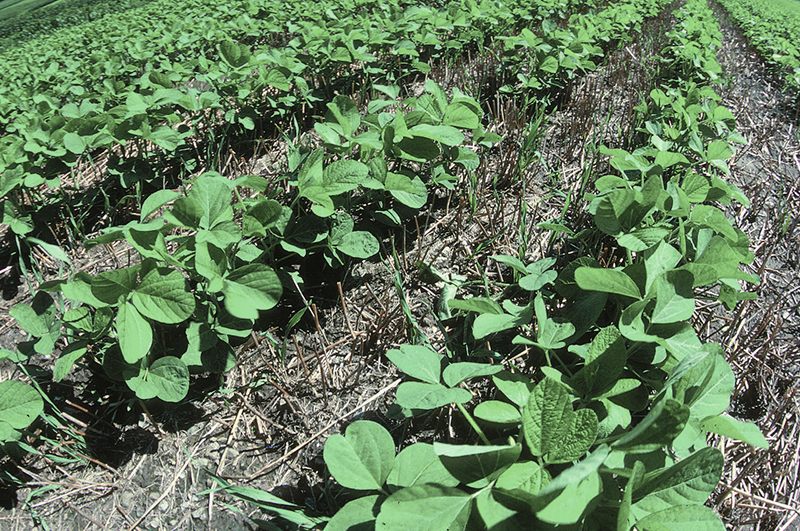
As one of the six soil health principles of Regenerative Agriculture it's important to consider where and when it's possible to reduce or eliminate tillage. No-till practices protect the soil surface, so water tends to infiltrate instead of running off. It is also used to help maintain and support the soil biology, with benefits in terms of fungal relationships essential for nutrient uptake and carbon sequestration. Reduced tillage (often referred to as Conservation tillage) practices include no-till, strip-till, ridge-till, mulch-till, and vertical/shallow-till. Each has specific applications which would increase their suitability for different production systems, including crop type, soil type, weather patterns and climate, and equipment availability, among other factors. They all leave plant residue on the ground that serves as mulch and protection for the soil.
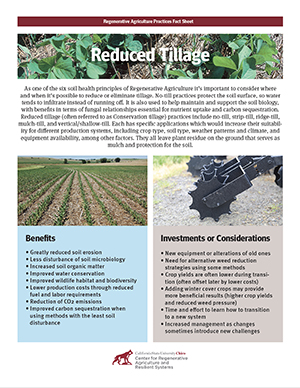
Download a printable fact sheet based on this page. (PDF)
Go to:
Mentor Farmers Share Experiences with Conservation Tillage
All of our mentor farmers who grow row crops (vegetables or grain) employ some sort of no-till or reduced tillage. The following ones share most about their experiences:
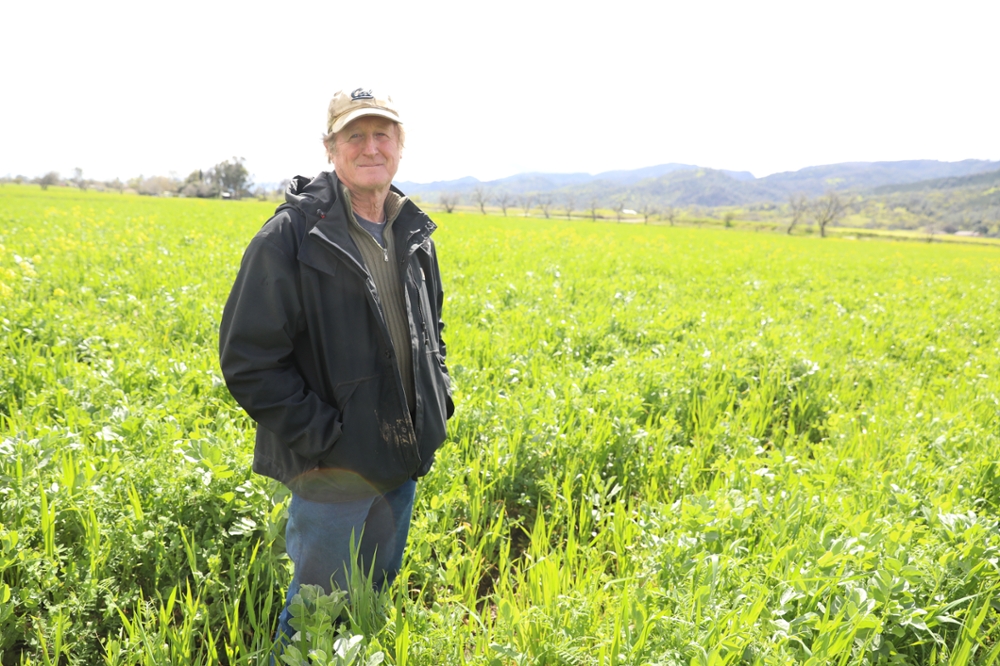 Adrian Bignell(opens in new window)
Adrian Bignell(opens in new window)
Gabe Brown, Brown’s Ranch(opens in new window)
Phil Foster, Pinnacle Organically Grown Produce(opens in new window)
Greg Massa and Raquel Krach, Massa Organics(opens in new window)
Paul Muller, Full Belly Farm(opens in new window)
Kelly Mulville, Paicines Ranch(opens in new window)
Tom Newmark, Finca Luna Nueva(opens in new window)
Scott Park, Park Farming Organics(opens in new window)
Nathanael Siemens, Fat Uncle Farms(opens in new window)
Videos
Practical Conservation Tillage for Western Region Organic Cropping Systems
Video from Organic Farming Research Foundation
Mark Schonbeck of the Organic Farming Research Foundation discusses approaches to reducing the adverse impacts of tillage on soil life and soil health. He covers recent research into newer tillage tools and minimum-till strategies for Western Region organic vegetable, fruit, and field crop production. Recorded January 23, 2019.
Science Literature
Luna, J. et al. 2012. Conservation tillage for organic agriculture: Evolution toward hybrid systems in the Western USA(opens in new window). Renewable Agriculture and Food Systems. 27(1): 21-30
Minoshima, H. et al. 2007. Soil Food Webs and Carbon Dynamics in Response to Conservation Tillage in California.(opens in new window) Soil Science Society of America Journal. 71, 3: 952-963
Mitchell, J. et al. 2012. Evolution of Conservation Tillage Systems for Processing Tomato in California’s Central Valley(opens in new window). Horticulture Technology. 22(5)
Nandan, R. et al. 2019. Impact of conservation tillage in rice-based cropping systems on soil aggregation, carbon pools and nutrients.(opens in new window) Geoderma. 340: 104-114

